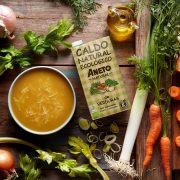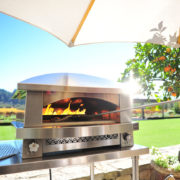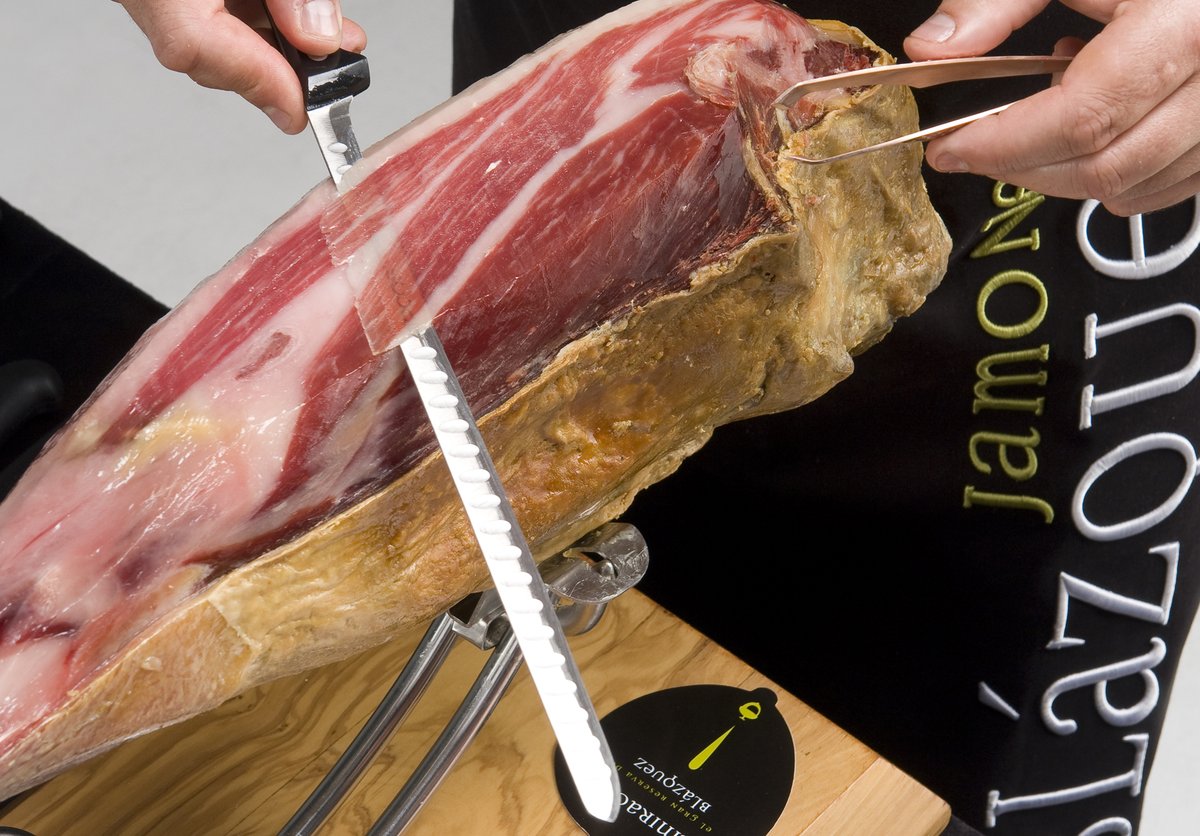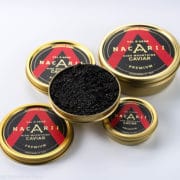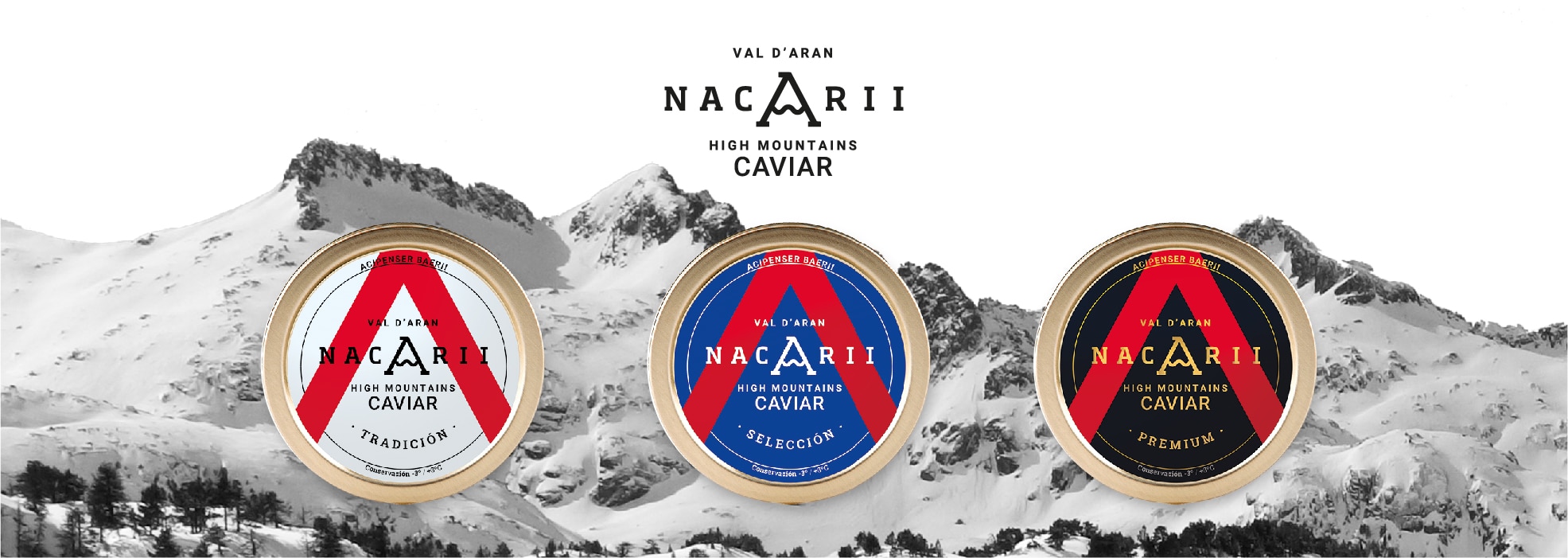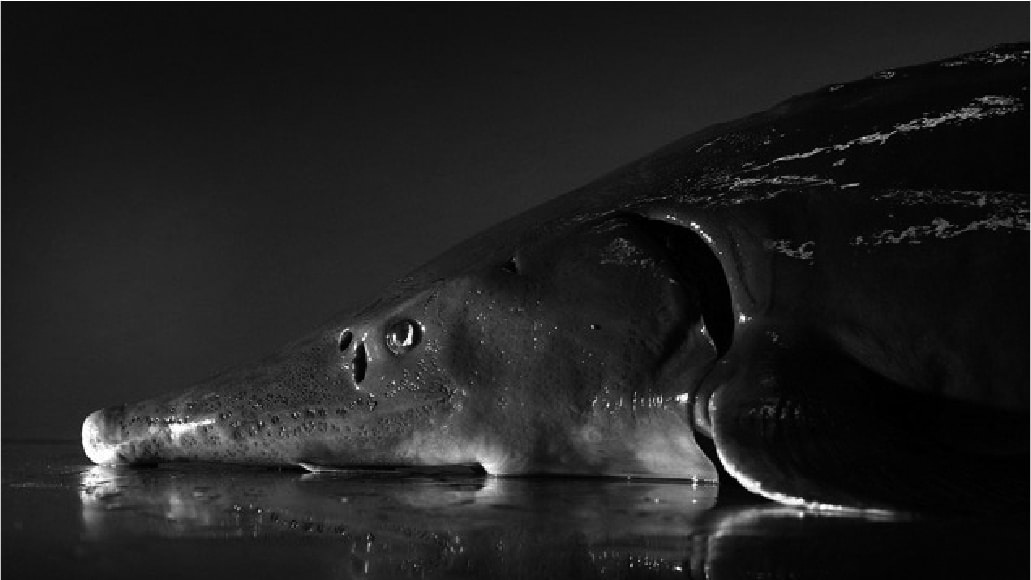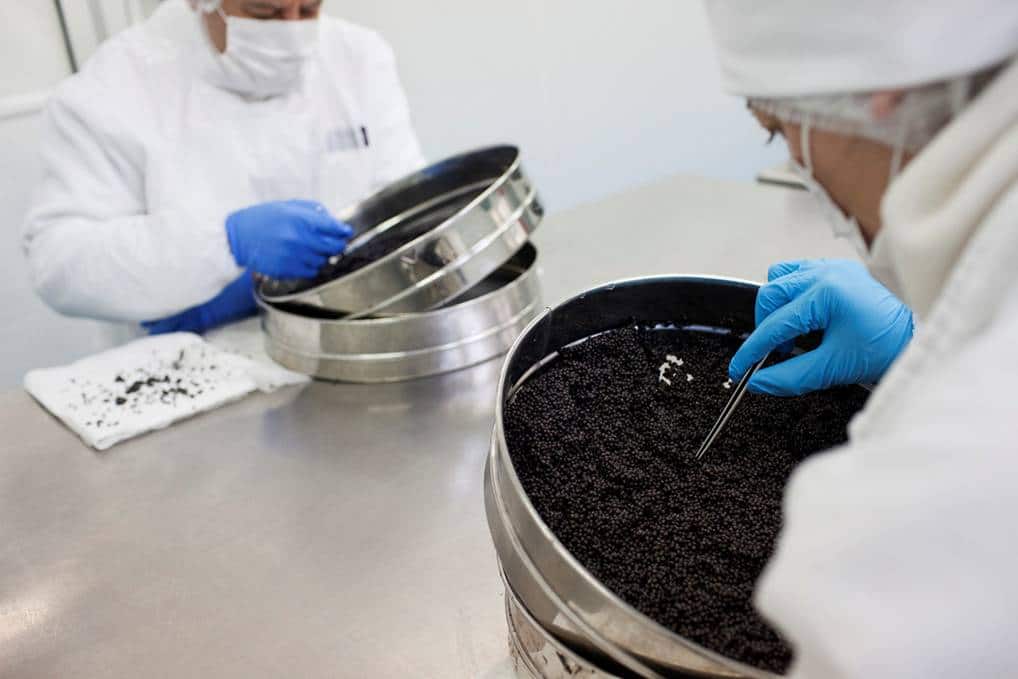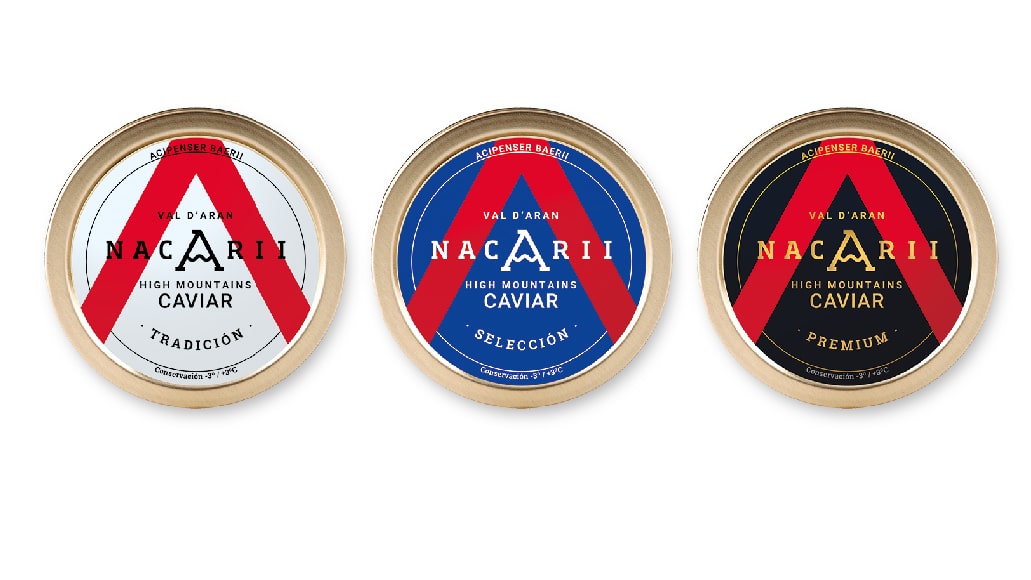El arte del caviar francés por Prunier
En medio de varias hectáreas de terreno preservado en el borde de Isle, uno de los afluentes del Dordoña, en Montpon-Ménestérol, cerca de Burdeos, la Manufactura Prunier continúa con su herencia tradicional produciendo su caviar en un entorno totalmente controlado.
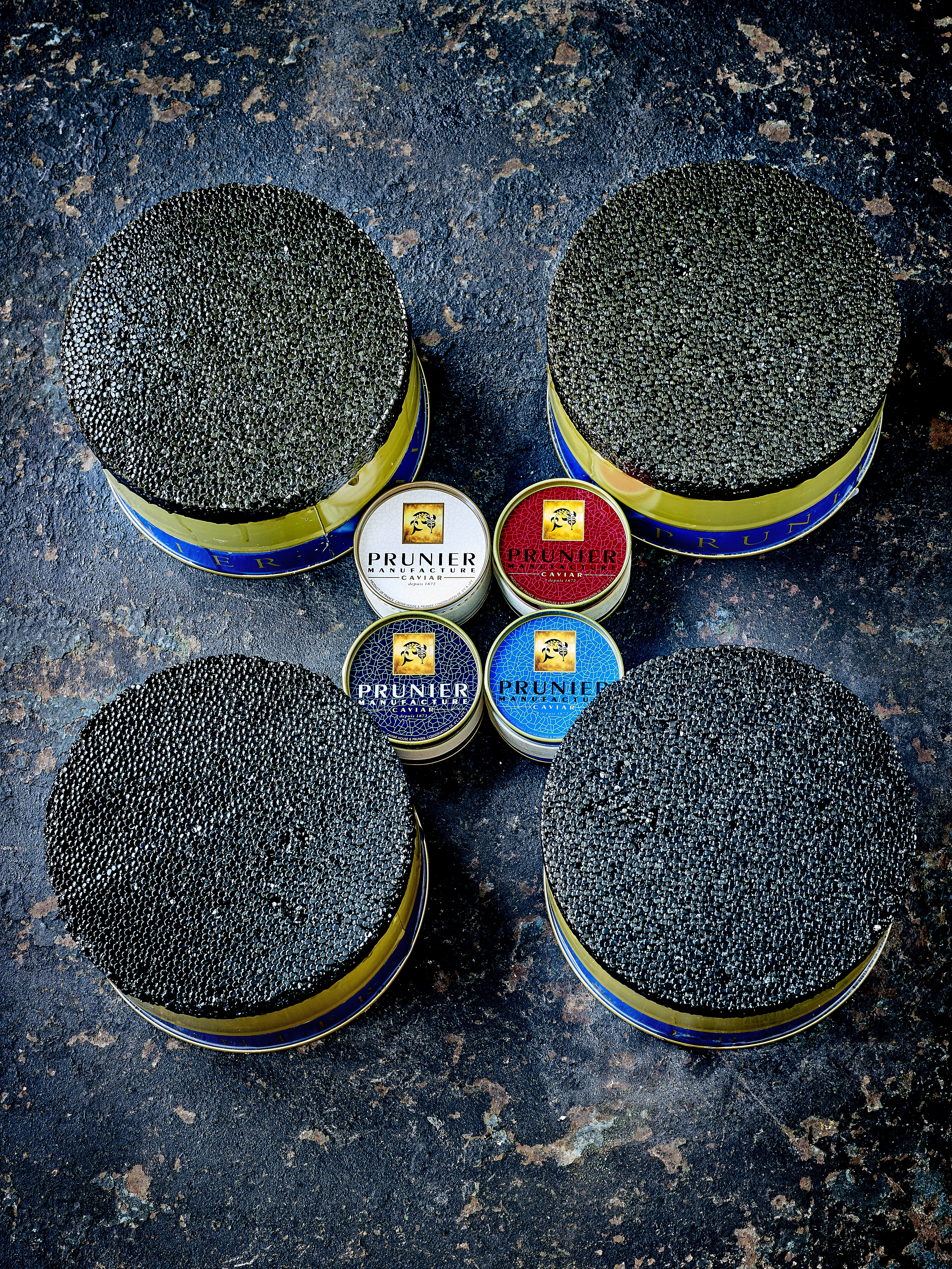
Para obtener un caviar “perfecto”, la Manufactura cría dos esturiones: el acipenser baerii y el acipenser gueldenstaedtii. Transformar estos huevos en caviar requiere una cuidadosa preparación según un saber hacer desarrollado hace 100 años por la casa Prunier.
5 datos sobre la Manufactura Podadora ¿Sabías que…?
1 . Prunier es uno de los principales productores de caviar del mundo
La Manufactura Prunier es la única granja en Francia que cría sus esturiones a partir de sus propios alevines y produce su propio caviar vendido bajo su marca.
2 . En 1994, la Manufactura Prunier se convirtió en el primer productor en obtener caviar de esturiones de piscifactoría.
Creó una alternativa sostenible y segura para las especies en peligro de extinción en el Mar Caspio. Hoy en día, el proceso de selección del grano, así como las recetas de la Manufactura Prunier, permiten elaborar caviares con sabores muy diferentes.
3 . Fue en 2010 cuando Prunier Manufacture lanzó el primer alevín Oscietra, el acipenser gueldenstaedtii.
Desde entonces, las ha criado con mucho cuidado y paciencia… Hoy L’Osciètre Prunier te seduce con su color marrón carbón y el aspecto brillante de sus granos. En boca, se caracteriza por la típica salazón del ciruelo que le confiere un sabor sutil, agradablemente salado y a nuez.
Revelar el sabor del caviar es todo un arte para Prunier
El sabor del caviar rara vez se ha presentado como su principal atractivo, ya que sigue evolucionando incluso después del envasado. ¡Por lo tanto, es difícil para los simples importadores garantizar un sabor a menos que abran las latas!
Y sin embargo, las notas redactadas en 1932 por Alexander Scott, el experto en caviar de Maison Prunier detrás del primer caviar francés, muestran que la poca importancia dada al gusto en relación con el tamaño y el color ya estaba en discusión. En su momento, incluso se propuso educar a los consumidores, enseñarles a apreciar la maravillosa diversidad de aromas que ofrece el caviar y no solo a admirar su apariencia.
Es esta herencia de sabor la que la Manufactura Prunier perpetúa hoy, con cinco caviares franceses de esturión ascipenser baerii.
5 . Maison Prunier ofrece 5 recetas que revelan 5 grandes caviares
Como los grandes vinos, los sabores y aromas específicos de los caviares 5 Prunier se obtienen según los diferentes grados de maduración, la edad del pescado y las técnicas de preparación, que varían según los procesos desarrollados durante décadas por la Manufactura.
Caviar Podadora “Tradición”
Firme y oscuro, este caviar con finura y características únicas, representa el arquetipo del caviar Prunier, con un pronunciado sabor a nuez que es cada vez más apreciado. Desprende aromas muy francos y generosos de frutos secos y almendras, y tiene una buena longitud en boca.
Caviar Podadora “París”
Para apreciar todas sus sutilezas, el caviar de París con grandes granos de ámbar se consume muy rápidamente después de su preparación. Esta frescura se explica por la ínfima cantidad de sal utilizada: cuanto más ligera es la salazón, más volátiles son los aromas del caviar. Gracias a esta corta maduración, los huevos conservan una fragancia más concentrada. su carácter sutil y cremoso le otorga una complejidad aromática y una textura única. A esto se suma una frescura única que realza el placer de degustar este raro producto. El caviar de París solo está disponible unas pocas semanas al año, durante los períodos de pesca de primavera y otoño.
Caviar de poda “Saint-James”
Producido históricamente desde 1932 para la inauguración del restaurante Prunier en St James Street en Londres, Saint-James es el arquetipo de un gran Prunier Caviar. Elaborado con sal excepcional de origen iraní, alcanza la maduración perfecta dos meses después de la pesca. Este caviar muy audaz, picante y muy terroso tiene un ataque generoso y un sabor excelente en el paladar incluso una vez que ha sido devorado. Un caviar extraordinario.
Caviar Podadora “Malossol”
Este caviar específico también llamado “pura sal” es un caviar con un grano grueso negro profundo y aromas potentes. Es muy rico con una persistencia interminable de sabor en el paladar. Este caviar “distintivo, rico y concentrado” es especialmente apreciado por los conocedores más exigentes.
Caviar Prunier “Patrimonio”
Solo el 2% de la producción de Prunier merece ser elegido para la selección Héritage. Este producto excepcional se distingue por sus grandes granos claros pero también por sus sutiles notas terrosas. Es complejo y largo en boca. La textura cremosa se debe principalmente a la cuidadosa selección de los pescados más viejos y su singular preparación según el método persa.
¿Qué hace que el caviar Beluga sea legendario?
CAVIAR BELUGA
Procedente del esturión Acipenser Huso Huso, este legendario caviar tiene un grano de tamaño sorprendente y finura extrema. Reconocido por su sabor único; es cremoso, con delicadas notas mantecosas y persistente en boca. Su color es un gris perla antracita, que recuerda a las preciosas perlas de Tahití.
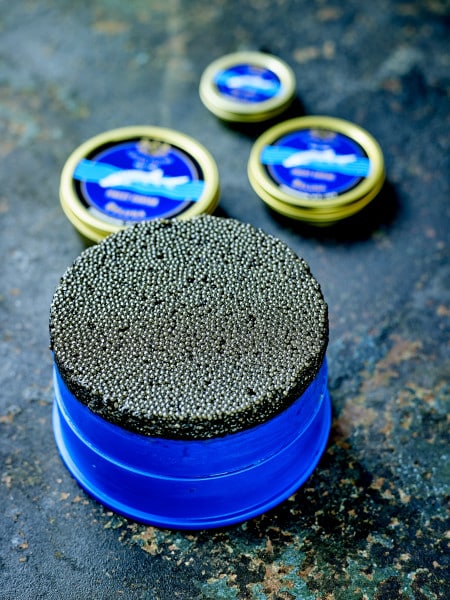
¿Sabías?
#8 Datos sobre la beluga
#1. Su nombre científico es Huso Huso.
#2. Es una especie de esturión endémica del Mar Caspio.
#3. Su primo es el Huso Dauricus, endémico del río Amur.
#4. Es el más grande de los esturiones y puede medir hasta 6 metros.
#5. Ambos esturiones de Huso son carnívoros.
#6. La beluga es un animal prehistórico que data del período Jura (200 millones de años)
y puede vivir más de 100 años en su medio natural.
#7. Beluga es el caviar más caro del mundo, debido a su rareza.
#8. Beluga es el caviar favorito de James Bond.
En conclusión, no hay mejor caviar en el mercado. Si no nos crees, ¡pruébalo tú mismo!
Disponible a través de nuestra boutique de compras en línea.
Haga clic aquí para ver el producto destacado
Click here to view featured product



